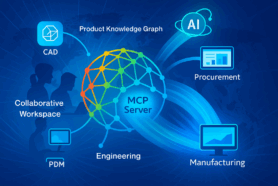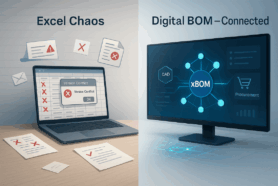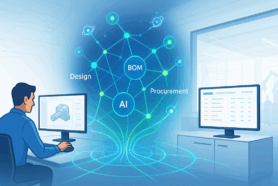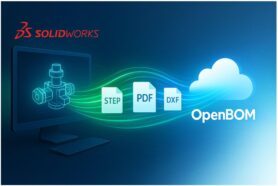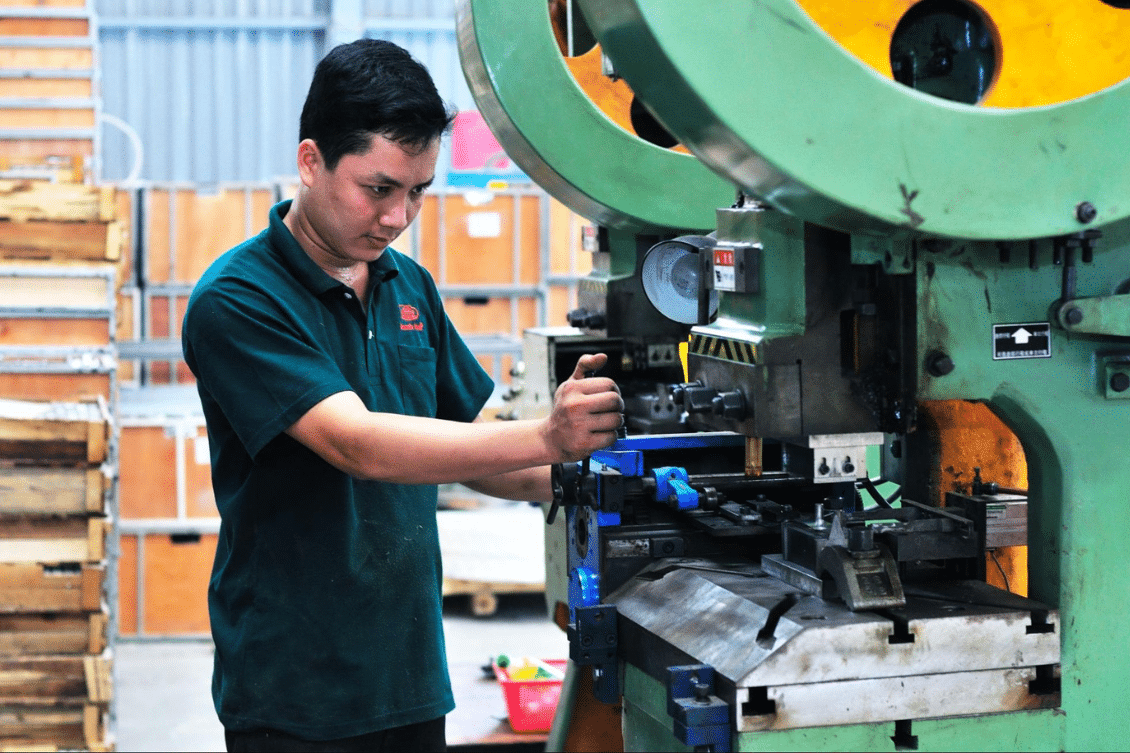
In the fast-paced world of innovation and commerce, introducing a new product to the market is a significant milestone for any business. The success or failure of a new product can often make or break a company’s growth trajectory. However, you can’t just go from prototype to production. There is an important step to bridge the gap between prototypes and production and this is called the pilot run.
The journey from concept to a product in the hands of a customer involves multiple phases with New Product Development (NPD) being a critical part of that journey. At the end of the NPD phase is a vital step – the pilot run.
What is a Pilot Run?
The pilot run is looked at as a trial production run that uses the exact production processes, equipment, resources, and labor to build the product. The point of a pilot run is to have a controlled and limited production run that serves as a trial or pre-production run before you launch mass production.
While there is not a specific number of units that should be made during the pilot run, you want to make sure it’s enough to thoroughly test production before you launch mass production. This number is usually 10% – 20% of the first purchase order (PO).
The Significance of the Pilot Run
As you go from prototype to production, there are some manufacturing kinks that need to be worked out. The processes, equipment, and materials that were used for prototypes usually don’t scale well for production. It’s not a good idea to assume that all of these parts using mass-produced methods will work well together the first time. Here is what a pilot run can do for you.
Ensuring Feasibility and Functionality
Pilot runs provide a platform to uncover design flaws that might have gone unnoticed in the prototype phase and mass-produced processes that didn’t work as expected. By using mass-produced methods, you can easily identify quality issues, design flaws, and more before finding them after producing many units.
Pilot runs also offer the opportunity to test how a product performs in a specific environment that resembles the market. These tests allow you to refine the product’s features, functionalities, and overall performance.
Refining the Production Process
The pilot run will highlight any inefficiencies and defects in the production processes. The pilot run will work out these issues and bottlenecks to ensure smoother processes during mass production.
Since you are using the exact processes, materials, equipment, tools, and labor, it gives you the opportunity to analyze costs. Once you understand your yield, resource allocation, and takt time, you can figure out ways to improve these.
Quality Assurance
Pilot runs will yield defect rates and quality issues that were not known during prototypes. During the pilot run, you will also check everything, which is not feasible during mass production. During these checks, you can verify the product design and weed out the quality problems.
How to Carry Out the Pilot Run?
Carrying out a successful pilot run takes careful planning, coordination, and attention to detail. You can’t just say you’ll have a pilot run the day before production starts. Here is how you can carry out a successful pilot run.
Collaboration
For a successful pilot run, you need all teams and departments to be working together. The procurement, engineering, production, quality, and product management teams all need to work together in advance to ensure a smooth transition.
Also, when an issue comes up, they need to work together to ensure that they can resolve the issue quickly to not delay mass production.
Defining the Goal
You need to define specific goals and metrics the pilot run must achieve. The goals can range from testing a certain number of units to identifying production bottlenecks. You’ll also need to define what constitutes a successful pilot run so you can proceed to mass production. Here are some other things you should be monitoring and setting metrics for:
- Defect rate
- Production efficiency
- Bottlenecks
- Resource allocation
Sample Size for Pilot Run
The number of units used in the pilot run should be large enough to provide meaningful statistics while also being manageable. The pilot run takes a lot of resources and discipline and you don’t want to waste those resources if you have no issues. Depending on the size of the first order, 10%-20% of the PO size should be for the pilot run.
Analysis from Data Collection
Collecting data is always important. It helps you to make the right decision. If you don’t collect data during your pilot run then how will you gauge whether or not you should proceed with mass production? You should be capturing data to help you determine whether or not the pilot run was a success.
You can also use this data to understand the trends, patterns, and areas that require improvements.
By following these steps, manufacturers can lay a strong foundation to roll into mass production.
Overcoming Challenges During the Pilot Run
While the pilot run is very valuable and ensures a successful product launch and transitions you into mass production, there are a number of challenges. Addressing these challenges can improve the success of the pilot run and the overall NPD process. Here are the top challenges to overcome during the pilot run.
Resource Constraints
Starting the pilot run and trying to keep costs low can be challenging. There are usually more eyes on the pilot run with the management team for production, quality, engineering, product management, and procurement all on the line.
Unexpected Findings
During the pilot run, expect the unexpected. Many design flaws and production inefficiencies and found at this stage. It is important for all teams to work together to not just find these issues but correct them as quickly as possible. You can think of the pilot run as a learning phase where each issue identified presents an opportunity to refine the process and make informed decisions.
Managing Timelines
Pilot runs require an adequate amount of time for thorough testing. Avoid rushing through this phase because it’s better to find it here rather than after the entire order is completed or it’s in the hands of the customer. While defining the timeline for NPD, make sure you set aside time for this process.
Conclusion
The journey from concept to a product that is in the market is a long journey, with the NPD process being a pivotal bridge. At the back part of NPD lies the pilot run that connects everything that was done during NPD with mass production. And for you sports fans, it’s kind of like the warm-up before a game. If can’t make time to warm up then expect to get hurt or to perform poorly. It’s the same with a pilot run. If you can’t make time for it then expect to have high defect rates, bottlenecks, and more that result in a failed production run.
Register to OpenBOM for free and check how OpenBOM can help you by trying out our free 14-day trial.
Regards,
Jared Haw
Join our newsletter to receive a weekly portion of news, articles, and tips about OpenBOM and our community.





